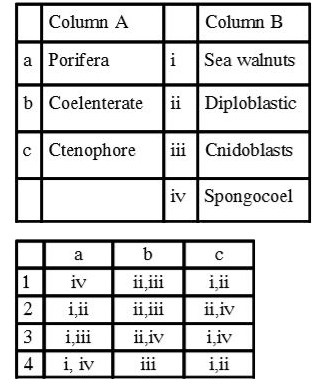In cockroach ,excretion is brought about by
A. Phallic gland
B. Urcose glande
C. Nephrocytes
D. Fat body
E. Coollaterial
Choose the correct answer from the options given below :
A,B and E only
B, C and Donly
B and D only
A and E only
To solve the question regarding the excretion process in cockroaches, we need to analyze the options provided and understand the role of each organ mentioned.
1. Understanding Excretion in Cockroaches:
- Cockroaches excrete waste primarily through a specialized system involving Malpighian tubules. These tubules are responsible for the removal of nitrogenous wastes, particularly uric acid, which is less toxic and conserves water.
2. Analyzing the Options:
- A. Phallic gland: This gland is not involved in excretion; it is related to reproductive functions.
- B. Uricose gland: This is directly involved in excretion as it helps in the elimination of uric acid.
- C. Nephrocytes: These cells also play a role in excretion by aiding in the filtration and absorption of waste products.
- D. Fat body: While the fat body is involved in metabolism and storage, it is not primarily an excretory organ.
- E. Collateral gland: This gland is not primarily associated with excretion.
3. Conclusion:
- The correct answer to the question is B. Uricose gland, as it directly relates to the excretion process in cockroaches.
- Cockroaches excrete waste primarily through a specialized system involving Malpighian tubules. These tubules are responsible for the removal of nitrogenous wastes, particularly uric acid, which is less toxic and conserves water.
- A. Phallic gland: This gland is not involved in excretion; it is related to reproductive functions.
- B. Uricose gland: This is directly involved in excretion as it helps in the elimination of uric acid.
- C. Nephrocytes: These cells also play a role in excretion by aiding in the filtration and absorption of waste products.
- D. Fat body: While the fat body is involved in metabolism and storage, it is not primarily an excretory organ.
- E. Collateral gland: This gland is not primarily associated with excretion.
- The correct answer to the question is B. Uricose gland, as it directly relates to the excretion process in cockroaches.
Topper's Solved these Questions
Similar Questions
Knowledge Check
Match the columns and choose the correct answer from the options given below
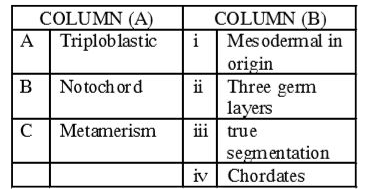 AA -ii, B-iii, C-ivBA-i, B-iii, C-ivCA -ii, B-iv & i, C-iiiDA-iii, B-ii, C-i
AA -ii, B-iii, C-ivBA-i, B-iii, C-ivCA -ii, B-iv & i, C-iiiDA-iii, B-ii, C-iMatch List I with List II.
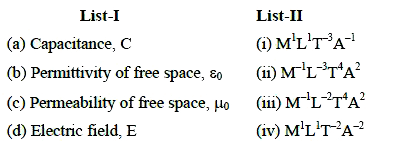
Choose the correct answer from the options given belowA(a) → (iii), (b) → (ii), (c ) → (iv), (d) → (i)B(a) → (iii), (b) → (iv), (c ) → (ii), (d) → (i)C(a) → (iv), (b) → (ii), (c ) → (iii), (d) → (i)D(a) → (iv), (b) → (iii), (c ) → (ii), (d) → (i)
Match the columns and choose the correct answer from the options given below
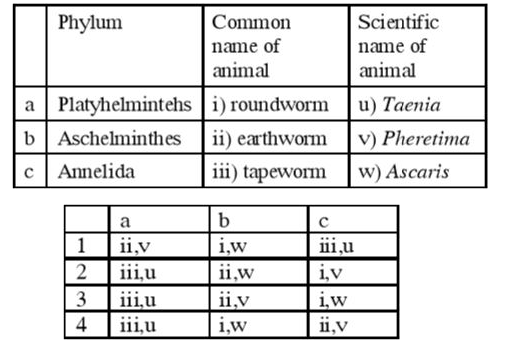
View SolutionMatch the columns and choose the correct answer from the options given below

View SolutionMatch the columns and choose the correct answer from the options given below
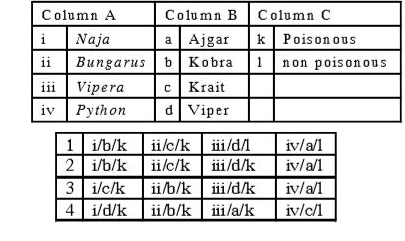
View SolutionMatch List I with List II.
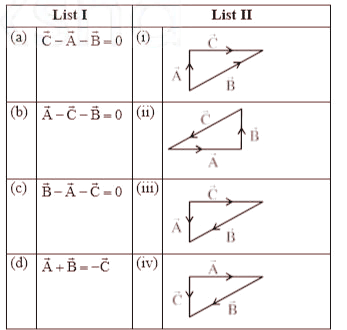
Choose the correct answer from the options given below :
View SolutionMatch List I with List II.
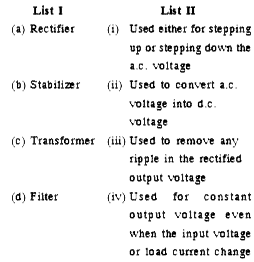
Choose the correct answer from the options given below :
View SolutionMatch List-I with List-II

Choose the correct answer from the options given below :
View Solution

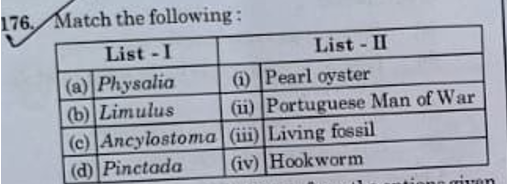 Choose the correct answer from options given below
Choose the correct answer from options given below